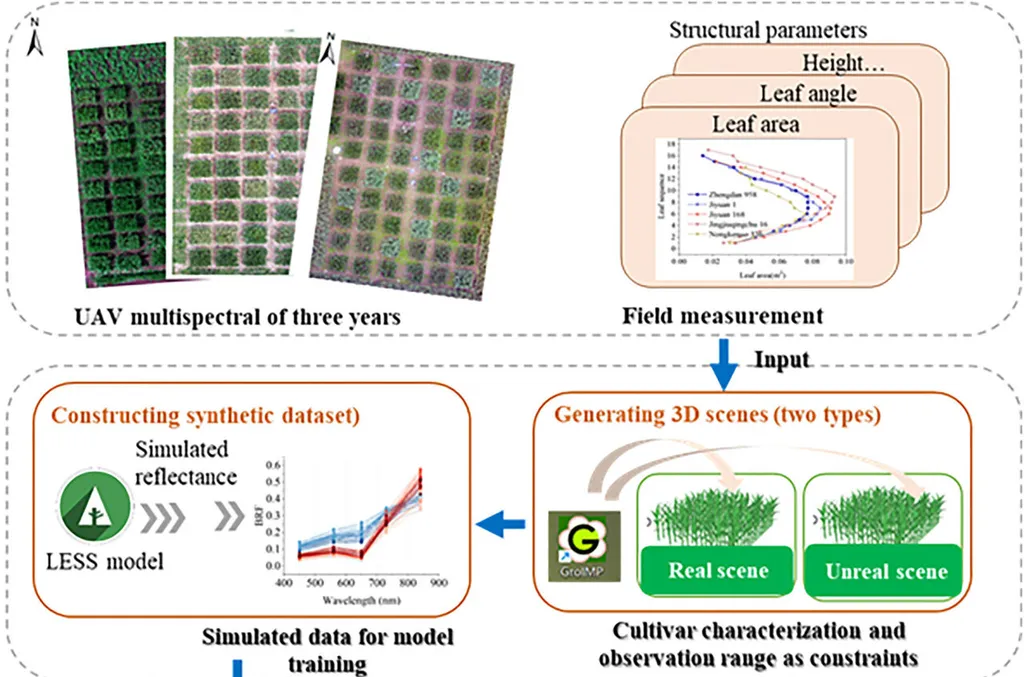In the bustling heart of Ho Chi Minh City, Vietnam, a groundbreaking study is reshaping the way engineers approach long pile foundations, particularly in soft ground conditions. Led by Weng Kailiang of Tongji University and Fuzhou University, a team of researchers has developed a novel machine learning model that promises to revolutionize the prediction of pile tip resistance, a critical factor in the stability and safety of large-scale construction projects.
The challenge of predicting pile tip resistance has long plagued the construction industry. Unlike shallow foundations, the resistance at the tip of long piles only becomes significant when the pile is loaded and displaced to a certain extent. This complexity has made accurate predictions difficult, often leading to overdesign or underdesign, both of which can have costly implications.
Weng and his team, including Jia Mincai and Su Yan, identified three key factors that influence pile tip resistance: mechanical effects, pile properties, and soil properties. They then developed a hybrid modeling framework that combines multifold cross-validation, chaotic sequences, nutcracker optimization algorithm, sparse bayesian algorithm, and maximal information coefficient testing. This integrated approach not only improves prediction accuracy but also enhances model interpretability, a significant advancement in the field.
The dataset used in this study comprises 920 long and super-long piles, making it one of the most comprehensive studies of its kind. The model’s performance was evaluated using root mean square error (RMSE), mean absolute error (MAE), and correlation coefficient (R), with results demonstrating that the proposed model outperforms existing machine learning models in point prediction accuracy.
“This study has significant implications for the design and research of long piles in soft ground conditions,” said Weng. “By accurately predicting pile tip resistance, we can optimize the design of pile foundations, reducing costs and enhancing safety.”
The commercial impacts of this research are particularly relevant to the energy sector, where large and long piles are often used in the construction of offshore wind farms, oil and gas platforms, and other energy infrastructure. Accurate predictions of pile tip resistance can lead to more efficient designs, reducing material costs and construction time.
Furthermore, the study’s focus on model interpretability is a significant step forward in the field of machine learning. By understanding the internal calculations of the model, engineers can gain valuable insights into the factors that influence pile tip resistance, leading to more informed decision-making.
Published in the Chinese journal ‘Yantu gongcheng xuebao’, which translates to ‘Rock and Soil Mechanics’, this research is set to shape future developments in the field of geotechnical engineering. As the demand for large-scale construction projects continues to grow, the need for accurate and efficient prediction models becomes ever more critical. This study not only meets this need but also sets a new standard for the industry.
In the words of Weng, “This is not just about improving a model; it’s about advancing the field of geotechnical engineering and making a tangible difference in the way we build our world.” With this research, the future of long pile foundations looks brighter than ever.

